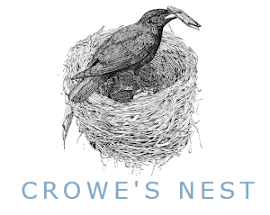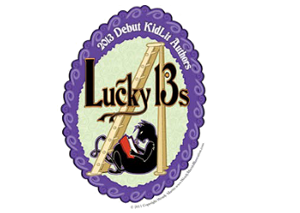How about we just call this fashionably late? Deal? Okay. Then let's get to what's important to middle grade readers (and therefore, should be important to your MG main characters).
I’ve heard it said that in MG, authority figures are non-existent, whereas in YA, authority figures are the antagonists. And it’s true– MG readers want the kids to be the heroes. The ones to solve the problems. And that’s hard to do when they’re around authority figures who can do the problem solving for them. (Especially when the problem solving involves dangerous things that any sane, responsible parent would never let their kid do.) So it’s important to find a way to get them away from the adults who would fix things for them. To let them shine in the areas that are most important to them.
Some of the things that are most important to them are:
- Figuring out their own identity and where they fit in their world. (Whereas in YA, they are trying to stand out.)
- Taking on new responsibilities (in their family, at school, and/or among friends).
- Friends and school become much more important as kids try to figure out their place outside the home.
- They can be confusing times, but they also are enthusiastic and eager to learn.
- Middle grade readers can handle complex plots and issues (so don't hold back!), yet still love fun and over the top and serious (so don't hold back! ;)).
- They like to daydream about their future.
- They like planning and organizing events.
- They like games with more complex rules
- Some like a romantic element, but it almost always has to stay at puppy love. If you are writing for upper middle grade– we're talking middle school aged, grades 6-8 (which can be a more difficult market to sell in), then you have a little more wiggle room. You can deal with crushes and possibly even first kisses. If you are writing regular middle grade (grades 3-6), it has to stay pretty much the way kids that way are– they like like someone sometimes, but pretty much keep it to themselves. Sometimes they show it by playful punching, stepping on toes, etc., but it stays there. If you are writing a book marketed toward girls, you can get away with a little more crushing going on, but if it’s for boys and girls, it has to stay sparse.
- And no matter what the setting is, both lower and upper middle grade readers want to read about kids who deal with things as well as adults. Kids like feeling capable.
Up next Monday: HOW TO HAVE YOUR MIDDLE GRADE CHARACTERS RESPOND EMOTIONALLY. Miss any previous writing middle grade posts? Or want to get to my PARENTING PROBLEM IN MIDDLE GRADE posts? They can all be found here: MG Needs.

































12 comments:
That looks pretty accurate, at least from a writing perspective. I'm not sure that all of these apply to real-world children (having been MG age only a few years ago), but some aspects of writing shouldn't be "too real".
Great list Peggy, agree with your points.
Congrats on finishing the edits!
So agree with your list. I love writing for the upper middle grade list because they like the more complicated stories and can see the main characters solving fairly complicated problems and being in danger (without adults).
Love the great information. I'm really needing to learn this because I'm digging more and more in writing MG stories. Thanks so much for sharing :-)
Interesting way to differentiate between MG and YA, hadn't heard it put that way before.
mood
Moody Writing
I am taking so many notes right now, my keyboard is about to catch fire.
Hey ... you smell something? :)
I'm sooooo glad you're writing MG! You've got a good handle on what needs to be in a MG story.
Great reminders for MG writers!
What a great post! My mind has a hard time thinking in the MG-stream, so this is wonderful. :)
Wonderful points! You make me almost want to try and write Middle Grade. If I didn't like my romance so much, I would!
What an enlightening post, Peggy! I love how you explained the differences between MG and YA - very helpful!
I like this list, it's great info.
Post a Comment